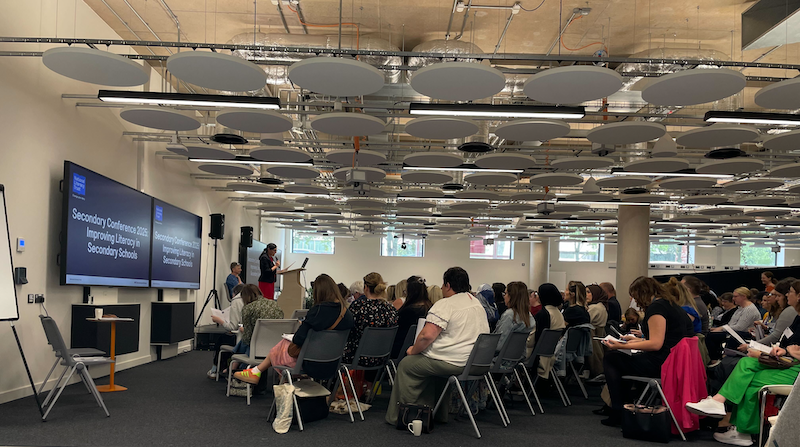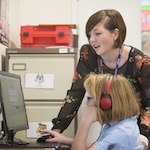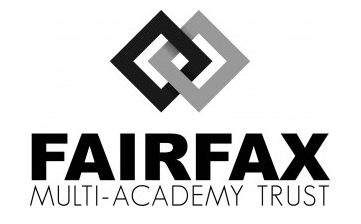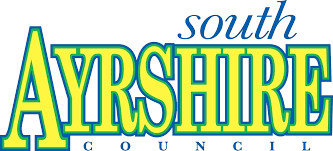
The Language Leap: Understanding the Primary to Secondary Vocabulary Shift
Transitioning from primary to secondary school is not just a shift in buildings or teachers—it marks a substantial leap in language demand, especially in subjects like maths and science. As students move into Key Stage 3 (KS3), they are expected to engage with a significantly larger and more complex vocabulary load, a challenge that can go unrecognised and unaddressed.
The Volume and Nature of Words
Research conducted across 30 schools, including work from the National Literacy Trust and Professor Alice Deignan, reveals a striking increase in vocabulary between KS2 and KS3. For example:
- Year 7–8 maths introduces nearly 2,000 more different words than Years 5–6;
- Science sees an increase of over 1,500 new terms, more than in Modern Foreign Language lessons.
This increase is not simply about quantity but also type:
- KS2 vocabulary tends to be concrete and rooted in familiar, everyday contexts—e.g. animals, playgrounds, sweets.
- KS3 vocabulary becomes more abstract, impersonal, and technical — e.g. evaporation, atoms, symbolic algebra.
- There’s also a genre shift: from narrative discourse (“people used to believe… then Darwin came along”) to technical exposition.
This complexity means students must not only learn new terms but also adapt to new ways of thinking and expressing ideas.
Polysemy – One Word, Many Worlds
A major source of confusion for students is polysemy — words that carry multiple meanings across different subjects or contexts. For instance:
- “Resistance” may mean rebellion in a KS2 history lesson, an exercise term in PE, or air resistance in science;
- “Current” might be interpreted as ‘happening now’ or as a river flow — until students are confronted with its scientific meaning in electricity;
- Other examples include:
- “Plot” (graph in maths vs. narrative in English);
- “Power” (electricity, historical dominance, or numerical operations);
- “Property” (a characteristic in science vs. real estate in everyday use).
Interviews with Year 7 pupils showed that only 5 out of 30 students could successfully navigate such polysemous words. Many defaulted to everyday meanings, struggling to make conceptual links required in academic subjects.
This isn’t just a vocabulary issue — it’s developmental and cognitive. Children often haven’t yet developed the abstract reasoning skills needed to navigate metaphorical or multiple meanings in academic language.
Collocation – Knowing What “Sounds Right”
Beyond knowing individual words, how words are combined (collocated) also plays a critical role in comprehension and fluency. Collocation enables us to read efficiently by recognising familiar patterns—e.g. we instantly predict “sunny spells” when we see a weather report start with “We will see sunny…“.
Students often know the individual words but get bogged down when these combinations are unfamiliar. This slows reading and comprehension—even when the vocabulary itself isn’t technically complex. It’s similar to the challenge of reading legal or scientific reports: known words, but slow, difficult decoding due to unfamiliar phrasing.
Implications for Teaching and Transition
Given the scale and complexity of vocabulary demands in KS3, it’s neither possible nor practical to teach every new word explicitly. Instead, the focus must be on:
- Strategic word selection, especially high-leverage Tier 2 vocabulary (academic words used across subjects);
- Multiple, meaningful exposures to new words across contexts;
- Spoken repetition to reinforce memory;
- Carefully structured dictionary use; Support with genre and register shifts, not by simplifying content, but through scaffolding and building metalinguistic awareness.
The real transition challenge isn’t about reducing academic language but helping students to recognise patterns, make connections, and understand context.
More About the Research and Professor Alice Deignan
You can read more about this research on the dedicated project website found here.
You can find more details about Professor Deignan here.








